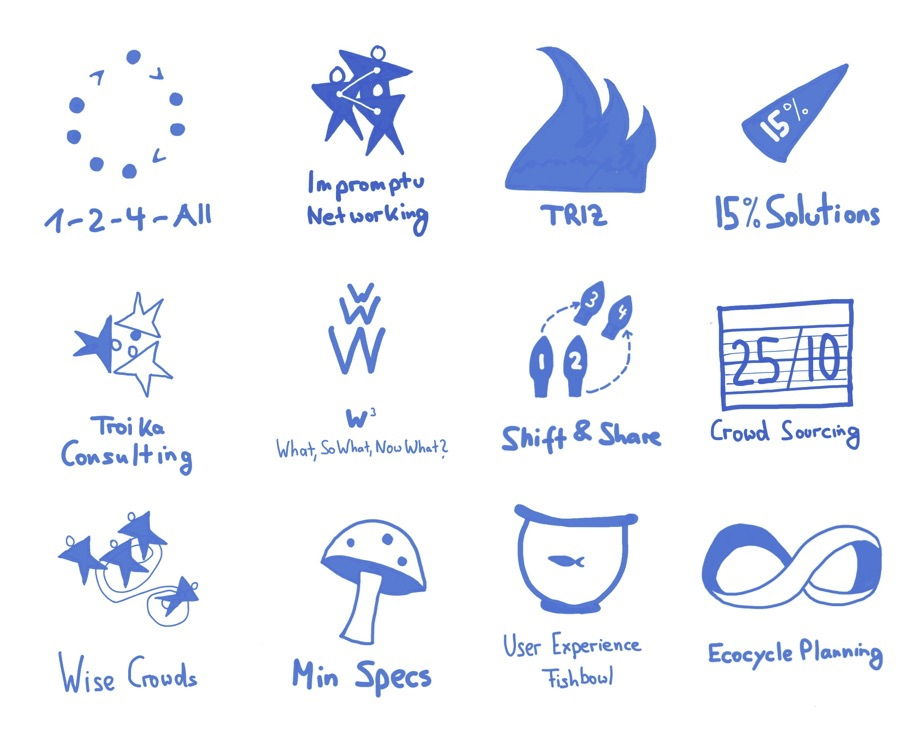Liberating Structures — Collaboration, Change, and Problem Solving in the Age of Agility
Created by Keith McCandless and Henri Lipmanowicz, Liberating Structures — alternatively LS — cover a set of easy to learn, yet powerful ways to collaborate as a team—even as a (very) large team by agile standards—, overcoming traditional communications approaches like presentations, managed discussions, or another disorganized brainstorming at which the loudest participants tend to prevail.

Upcoming Liberating Structures Training Classes

📅 Professional Scrum Master Training PSM I + Liberating Structures — Berlin, February 18-20, 2020.
Customer Voices
“Stefan is the ideal trainer for Liberating Structures! Through his work as an Agile Coach, he knows them inside out and also shares his experiences of applying them on the job. The full-day workshop allowed me to practice various microstructures with like-minded people in a positive environment and grow my facilitation skills. I had a great time and took a lot of valuable insights home that will prove useful in the future.”
Marius Braun on July 17th, 2019.
Liberating Structures — Perfect Tools for Scrum Masters and Agile Coaches
Liberating Structures are no just well suited to improve the level of engagement among participants of Scrum events, thus stimulating the kind of outcomes that are necessary to create learning organizations. LS also provide an excellent toolbox to handle Product Backlog refinements or improving the Definition of Done of an engineering organization, or address common challenges within organizations.
Liberating Structures are a great facilitation tool when groups of stakeholders come together to solve critical issues, run retrospectives, post mortems, and project analyses, or figure out where to go next at a strategic or tactical level. They work equally well with six people as with a hundred — provided the venue is of an appropriate site, of course. They are simple to understand as well as to apply as there is no advance training for novices required. Liberating Structures are hence particularly well suited as a tool to foster constructive collaboration across multiple hierarchy levels.
We love using LS to include and unleash everyone for the benefits of an organization and its members. We have successfully used them from improving collaboration in a single Scrum Team to supporting a 60-plus strong product organization in reteaming, solving organizational impediments, and turning an excessive feature and requirement list into highly valuable Product Backlog.
If you like to learn more about how we use Liberating Structures to foster collaboration, problem-solving, decision making, and creativity, meet us at a Hands-on Agile meetup or join one of our LS for Scrum workshops. Of course, we also practice LS extensively during our Professional Scrum Training.
The Liberating Structures are available as Attribution-NonCommercial 3.0 Unported (CC BY-NC 3.0) license.
Related Content
Liberating Structures for Scrum (1): The Sprint Retrospective.
Liberating Structures for Scrum (2): The Sprint Planning.
LS 4 Scrum: Lessons from a One-Day Immersive Workshop.
Contact
If you have any questions, please do not hesitate to contact us:
+49 171 30 30 321 stefan.wolpers@berlin-product-people.com
